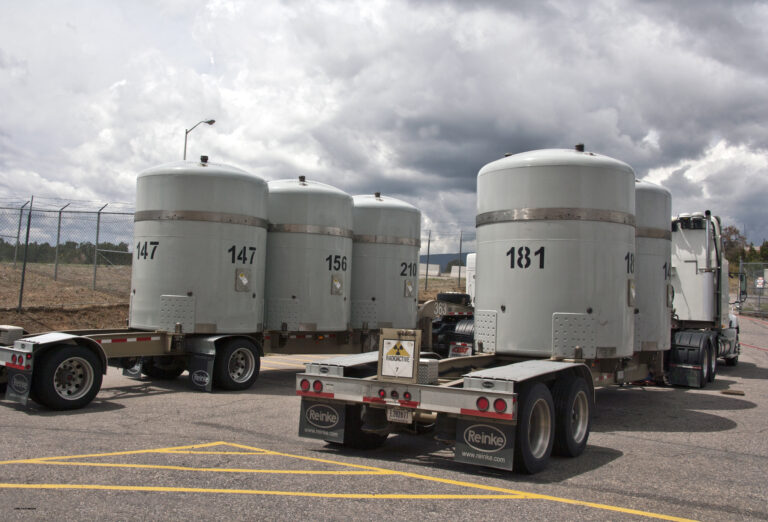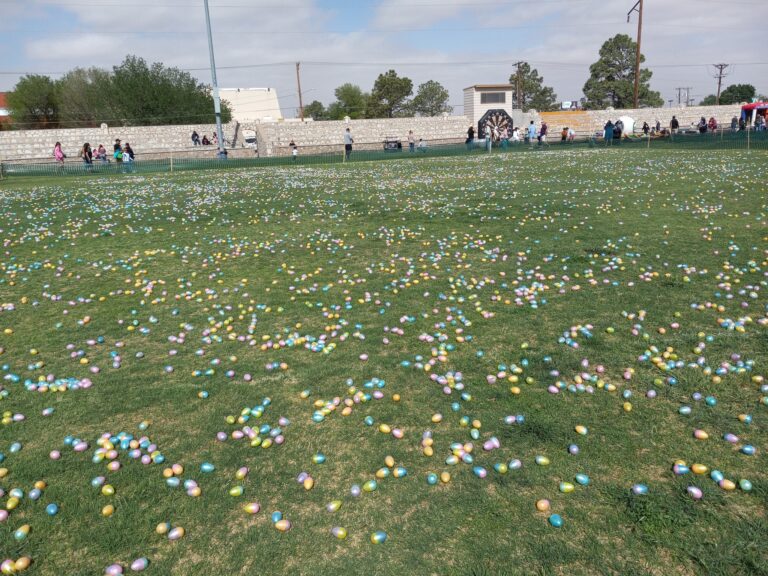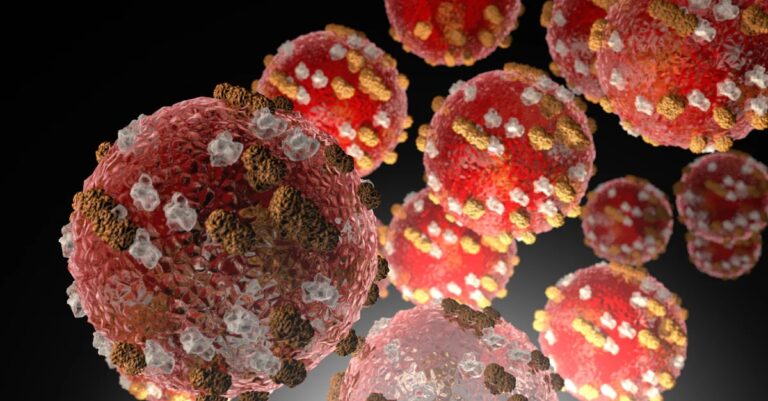Idaho lab sends 7,500 waste shipments to WIPP

Adrian Hedden
El Rito Media
achedden@currentargus.com
The Waste Isolation Pilot Plant near Carlsbad has received about 7,500 shipments of nuclear waste from Idaho since the facility opened in 1999.
Idaho National Laboratory, where nuclear weapons and energy research is conducted, reported the milestone Tuesday, April 1, as the lab pursues a “legacy waste” transfer plan expected to continue for at least eight more years.
“Legacy waste” refers to materials mostly left over from U.S. nuclear programs during the Cold War. Idaho National Laboratory is moving the waste to WIPP as the result of a 1995 lawsuit settlement between the state of Idaho and the federal government requiring nuclear waste at the lab be removed from the state.
In its latest “Legacy Tru Waste Disposal Plan” published Nov. 4, 2024, the U.S. Energy Department said it expected “most shipments” of Idaho’s waste will be completed by 2033. It was unclear exactly how many shipments remained, according to the plan, as much of the waste was being exhumed after it was initially buried around the lab decades ago.
The Department of Energy reported in January 2024 there were about 30,000 containers left as of 2024, compared with the 65,000 estimated when the 1995 settlement agreement was signed.
At WIPP, the Energy Department disposes of transuranic nuclear waste (TRU), which is clothing materials, equipment and other debris irradiated during nuclear activities.
The waste is buried at WIPP in a salt deposit about 2,000 feet underground. The salt gradually collapses on the waste, burying the refuse and blocking radiation from escaping.
More waste was sent to WIPP from Idaho than from any of the 12 other facilities that make shipments to the repository, according to WIPP shipment records. The 7,500 shipments from the Idaho lab were about 53% of the approximately 14,200 shipments sent to the facility for burial since disposal operations began
Idaho was followed by 2,045 shipments from the now-defunct Rocky Flats Environmental Technology Site near Denver; the Savannah River Site in South Carolina at 1,795 shipments; and Los Alamos National Laboratory in northern New Mexico, which sent 1,680 shipments since WIPP opened.
Idaho sent 341shipments last year, a decline from the 386 shipments the year before but still more shipments than any other facility that sent waste to WIPP in the last two years – about 73% of all the waste sent to WIPP in 2024.
Kelly Wooley, waste management project director at Idaho Environmental Coalition, the contractor hired by the DOE to lead cleanup at the lab, said the facility would continue shipping toward its goal of removing all of the legacy waste from Idaho.
The DOE estimated about 12 shipments leave Idaho for the WIPP site every week.
“I am proud of our many dedicated and hardworking employees,” Wooley said. “This accomplishment would not be possible without them and our collaborative partnership with WIPP.”



